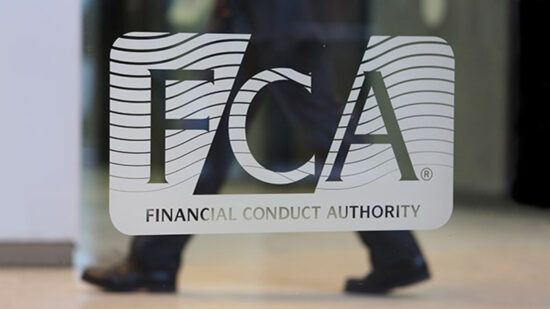“Nothing in our rules, including those related to sustainability, prevents investment or finance for defence companies.” That was the clear message from the UK’s Financial Conduct Authority earlier this year, following similar guidance from the European Commission last October. The implication is straightforward: from a regulatory standpoint, defence is not off-limits to ESG funds. However, for fund managers, the question is far from settled.
For decades, defence and sustainability were treated as mutually exclusive. ESG investors focused on ethics, reducing harm by investing in portfolios which omitted investment in tobacco, carbon emissions, exploitation, corruption – and in that context, companies that designed weapons and military hardware were natural exclusions. However, the security crisis in Europe has triggered a reassessment. While rules haven’t changed, the context around them has.
Also read: Sustainable investment managers battle with defence stocks ‘issue’ as Allianz drops exclusions
What’s emerging now is a recalibration. ESG is no longer a static label, but a spectrum of approaches – some ethical, some impact-focused, others performance-driven. Within that, many fund managers are starting to view defence through a different lens: potentially a sector that contributes to political stability, protection of civil liberties and humanitarian support.
That reassessment is already happening in portfolios, with many ESG funds exploring holdings in companies involved in conventional weapons. The caveat, of course, is ‘conventional’. Firms involved in controversial weapons such as landmines, cluster munitions and chemical arms remain widely excluded and fall outside EU Paris-aligned benchmarks and taxonomy-compliant criteria. Yet the bulk of European defence businesses do not operate in these areas. As geopolitical risks intensify, these companies have the potential to outperform the wider market.
The result is clear: defence has become both a financial and moral dilemma for ESG fund selectors.
Investors are right to be cautious. The defence sector presents clear ESG risks: potential complicity in human rights violations, political instability in end-user countries, supply chain opacity and elevated carbon emissions. The reputational risks are also well understood, particularly for pension funds and institutions whose beneficiaries may hold strong ethical views.
But blanket exclusions have their own costs. They eliminate any chance of engagement, restrict capital to an increasingly strategic sector and may limit the upside in volatile markets.
So where does this leave ESG managers?
If defence is no longer a regulatory grey area, the burden shifts to communication. Transparency must now become the cornerstone of how ESG-labelled funds approach this issue. At a minimum, fund documents should explicitly outline whether defence exposure is permitted, and under what conditions. Investors should know whether a fund applies screens for conventional weapons, controversial weapons, end-use, or recipient country governance. These are not secondary details; they are central to whether a fund’s holdings align with its stated sustainability goals.
The same goes for ESG ratings. Most providers already factor in exposure to controversial weapons, but the treatment of conventional defence is more inconsistent. Some rate large defence manufacturers as ESG leaders, based on governance or disclosure criteria, without considering the implications of the end product. Others apply sectoral downgrades. The result is confusion. A fund that claims to invest in sustainable solutions while holding shares in a missile system manufacturer cannot rely on ESG scoring alone to justify its position. It must explain why that holding meets its sustainability criteria.
This is especially important now, as pressure grows on investors to support Europe’s defence industrial base. Political leaders across the continent are urging financial institutions to treat defence as a public good. In the UK, over 100 MPs have called for ESG frameworks to be “rethought” to accommodate defence investment. In France and Germany, regulators are assessing whether ESG rules have become an inadvertent barrier to national security funding. And some voices in Brussels are even suggesting that sustainability-focused funds be encouraged to allocate a portion of assets to defence as a matter of policy.
However, policymakers cannot solve the alignment problem for fund selectors. The integrity of ESG investing depends not on rules alone but on honest, precise communication. Clients will differ in their views – and rightly so. Some will exclude defence categorically; others may accept exposure under certain conditions. But everyone deserves to know what their money supports. Without clarity, the ESG label risks becoming meaningless.
For fund managers, the task now is not to choose a side in a moral debate. It is to ensure that, whichever position they take, it is communicated transparently, justified rigorously and implemented consistently.








